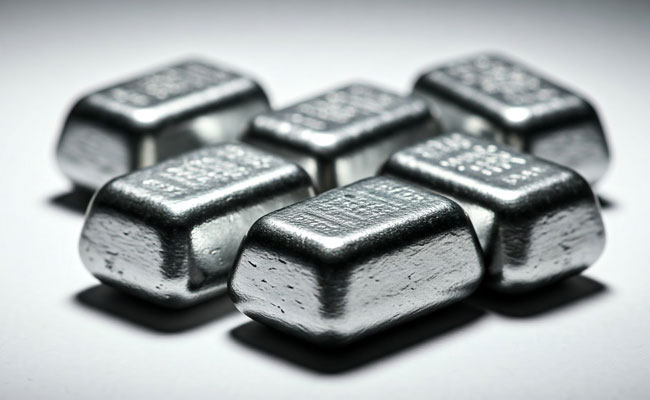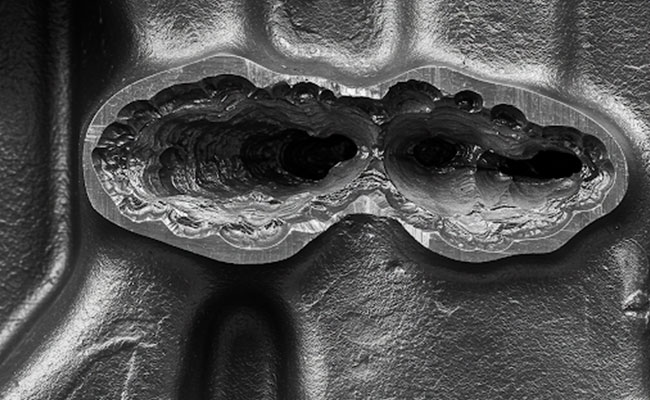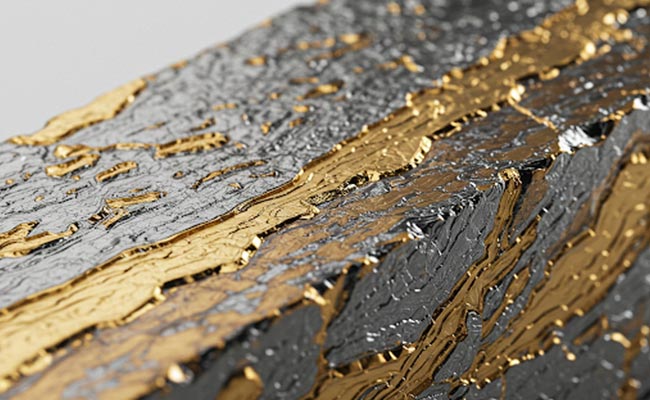
How the prototype is made in casting
2025-03-17
Types of valve casting
2025-03-31Here are 5 non-ferrous metal applications and their uses:
Aluminum:
Application: Aircraft construction, automotive parts, beverage cans, packaging, building materials.
Use:
Aircraft: Lightweight and strong, crucial for fuel efficiency.
Automotive: Reduces vehicle weight, improving fuel economy.
Beverage Cans: Recyclable and lightweight.
Building: Durable and corrosion-resistant for windows, doors, and siding.
Copper:
Application: Electrical wiring, plumbing, roofing, electronics.
Use:
Electrical: Excellent conductor of electricity, used in wires and cables.
Plumbing: Durable and corrosion-resistant for pipes and fittings.
Roofing: Long-lasting and weather-resistant.
Electronics: Used in printed circuit boards and electrical components.
Titanium:
Application: Aerospace, medical implants, sports equipment.
Use:
Aerospace: High strength-to-weight ratio, used in aircraft engines and frames.
Medical: Biocompatible, used in artificial joints and dental implants.
Sports: Lightweight and strong, used in golf clubs, bicycles, and racing cars.
Zinc:
Application: Galvanization (protecting steel from rust), die-castings, batteries.
Use:
Galvanization: Coats steel to prevent corrosion.
Die-casting: Used to create small, intricate parts for various industries.
Batteries: Essential component in many types of batteries.
Magnesium:
Application: Automotive parts, aerospace components, electronics.
Use:
Automotive: Lightweight alloys used in engine blocks and transmission parts.
Aerospace: Used in aircraft components due to its high strength-to-weight ratio.
Electronics: Used in lightweight and portable electronic devices.
Note: Non-ferrous metals are those that do not contain iron. They often possess unique properties like high conductivity, corrosion resistance, and low weight, making them valuable in various industries.




